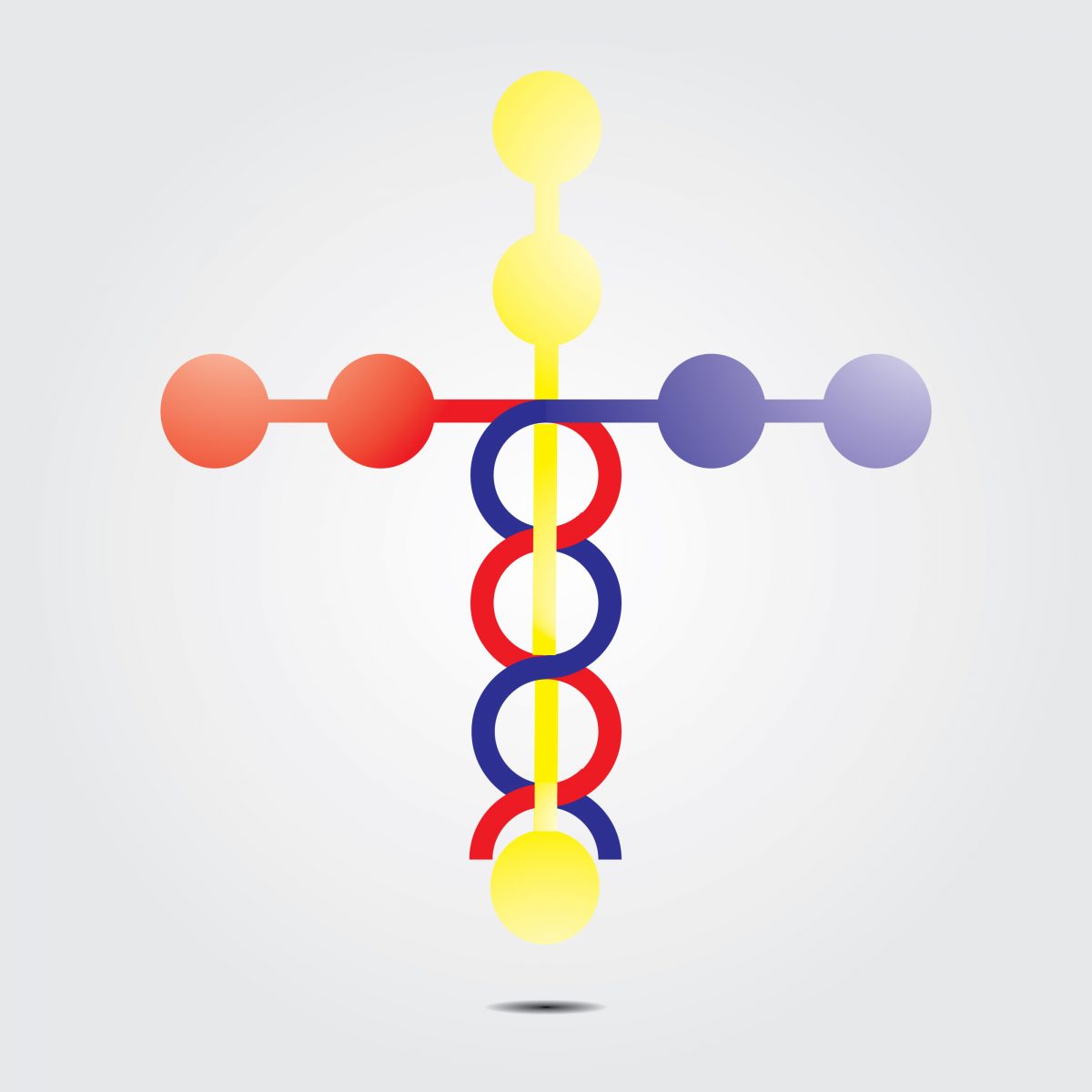New Muscular Dystrophy Treatment Could Emerge From Laminin Stem Cell Findings

Recent research has revealed a new way of thinking about muscular dystrophy – and potential future drugs that could target laminin signaling to promote regeneration.
Laminin, a protein present in the mesh-like structure surrounding cells called the extracellular matrix, determines if stem cells turn into new muscle, or fat cells.
The study,“Laminin regulates PDGFRβ cell stemness and muscle development,” was published in Nature Communications.
Professor Sidney Strickland, and his team at the Patricia and John Rosenwald Laboratory of Neurobiology and Genetics at Rockefeller University in New York, focused on a type of stem cells believed to contribute little to muscle regeneration. Most new muscle cells develop from a stem cell type that can only generate muscle, but Strickland’s team honed in on another kind.
The cells, emerging from blood vessel-associated pericytes and interstitial cells called PICs, can develop into either muscle or fat. While scientists have suspected that the stem cells contribute to disease processes in muscular dystrophy, the molecular actions determining the path of the stem cells have eluded researchers – until now.
“Certain rare stem cells have the potential to turn into either fat or muscle, and we found that the decision hinges on a protein complex known as laminin,” said the study’s first author Yao Yao, an assistant professor from the University of Minnesota, in a news release. “Our experiments in mice suggest that it may be possible to develop new drugs that, by acting on the laminin pathways, could relieve many of the symptoms of muscular dystrophy.”
The team engineered a mouse lacking laminin only in the stem cells and found it made a huge difference in the animals’ muscle mass.
“These mice were significantly smaller than their littermates and had severe muscle deficits,” Yao said. “Pericytes and PICs represent a small fraction of muscle stem cells, so we were very surprised to see such dramatic symptoms of muscular dystrophy.”
To convince themselves that the lack of laminin made the mice muscle weak, researchers injected laminin into the affected muscles of the mutated mice. As suspected, the mice regained muscle mass and strength.
Laminin was suggested in earlier studies to be a potential muscular dystrophy treatment, counteracting the lack of natural factors. But it is impossible to use the same procedure in experimental animals and humans with muscular dystrophy because laminin is too large to penetrate tissue well.
“In a mouse, we are able to effectively treat muscular dystrophy with laminin injections, but this could be difficult in humans,” said Yao. “Patients would require hundreds of injections. It simply isn’t feasible.”
To circumvent the problem, the team instead focused on the molecular mechanisms laminin uses to drive stem cells to form muscle and discovered it affected whichever genes were active in the pericytes and PICs.
One gene in particular caught the team’s attention – gpihbp1, which has previously been linked to fat metabolism. Strickland’s team noted that when laminin was missing, the gene was not active in stem cells. To test if gpihbp1 was in fact involved, researchers turned it on in pericytes and PICs lacking laminin and noted that cells turned to new muscle more often than they turned to fat cells.
The team is now focused on identifying molecules that could boost gpihbp1 activity and become suitable drug candidates.
“Our data suggests that gpihbp1 could be a novel target for the treatment of muscular dystrophy,” Strickland said.






